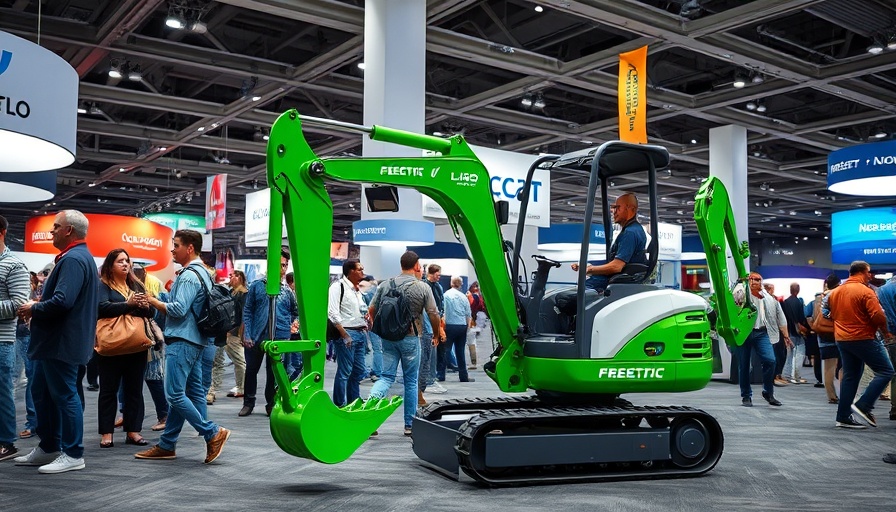
Tragic Equipment Incident Claims Life in North Carolina
A devastating incident unfolded on July 21 in Tyrrell County, North Carolina, where a 41-year-old equipment operator, Kendle Davis, tragically drowned after the dozer he was operating plunged into deep water. While pushing dirt into a sand pit, the ground beneath his vehicle gave way, resulting in both the dozer and Kendle falling into a 30-foot-deep pit.
The Risky Side of Construction Operations
This incident highlights the dangers inherent in construction work. Equipment operators face significant risks, especially while handling heavy machinery. As construction sites often involve complex terrains, the possibility of ground failures cannot be overlooked. According to the N.C. Department of Labor, investigations into such accidents are critical for understanding the factors leading to them and for implementing necessary safety measures.
Emergency Response and Community Impact
After reports of the accident, emergency responders quickly mobilized, using sonar technology and divers to locate Kendle's body, which was recovered around 8:30 p.m. His disappearance was reported at 2:40 p.m., signifying a difficult wait for his colleagues and family during those hours. Kendle's loss reverberates throughout the community, drawing attention to the vital importance of worker safety and emergency preparedness in construction settings.
A Life Remembered
Kendle Davis was not just an operator; he was a military veteran and a dedicated member of the National Guard. His commitment to leveraging military technology in construction earned him deep respect among peers. As shared in his obituary, Kendle embodied generosity, humor, and loyalty—a reminder of the personal links behind every workplace tragedy. His passing has left a significant void in both his family and community.
What This Means for Construction Safety
This tragic event serves as a sobering reminder of the importance of training and preparedness in construction operations. As facilities managers and property developers, ensuring the safety of all workers should be paramount. The industry can benefit from further investments in safety technologies and comprehensive training regimens to mitigate risks associated with equipment operation and maintain a culture of safety.
Community Response and Future Safety Initiatives
The incident is prompting community discussions about construction site safety regulations. Stakeholders are calling for improved oversight and enhanced training programs that emphasize safety protocols. As discussions unfold, it’s crucial for decision-makers to explore ways to better protect their teams and align with safety best practices, ensuring such tragedies don't occur in the future.
In light of this event, it is essential for both small businesses and large contractors to reassess their safety procedures, investing in training and updated equipment that can help prevent similar accidents.
 Add Row
Add Row  Add
Add 




Write A Comment